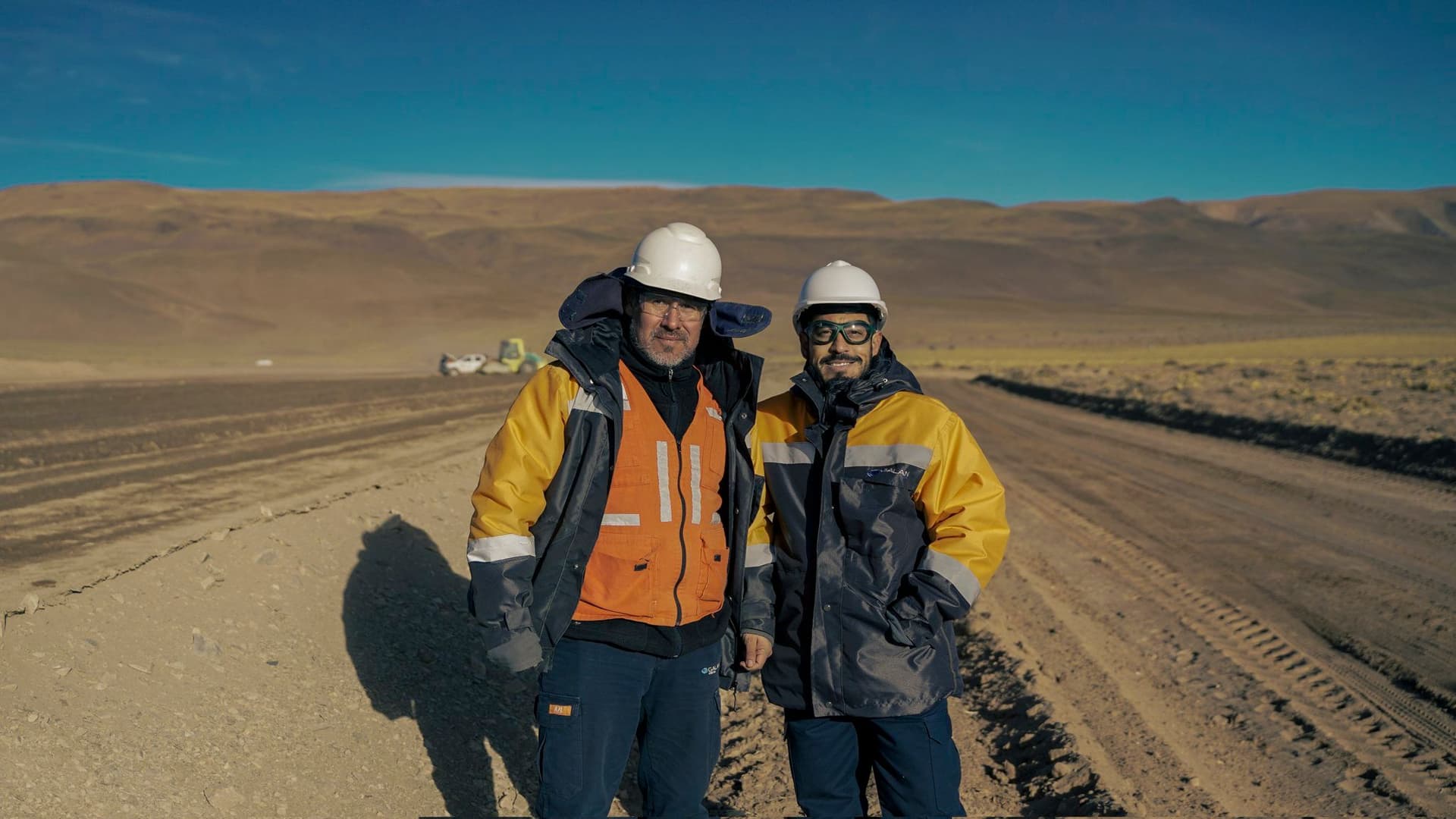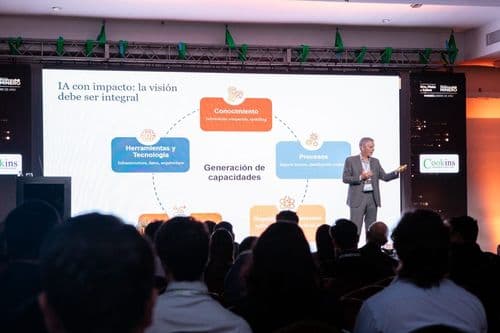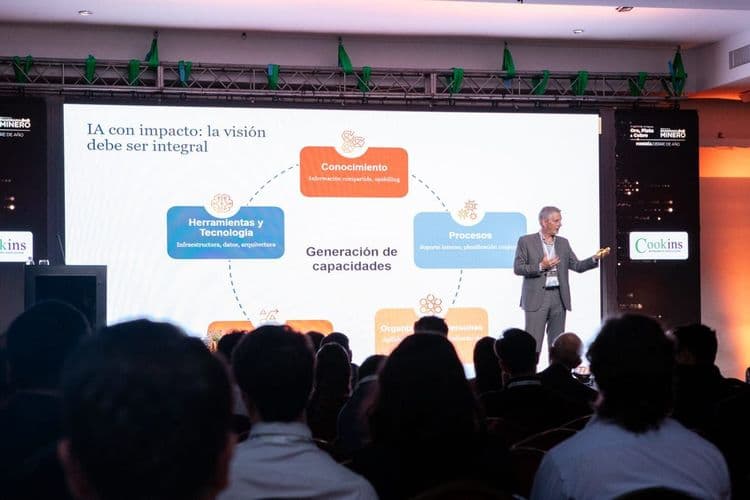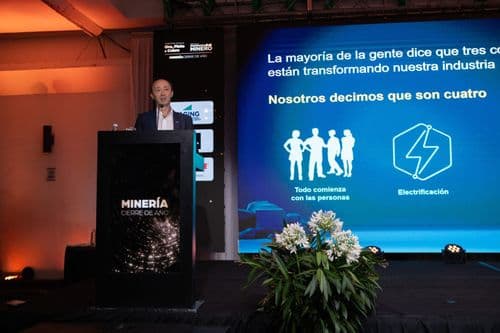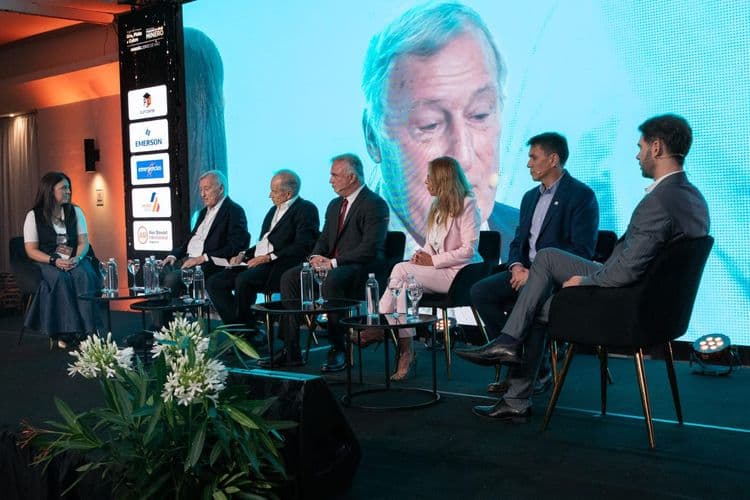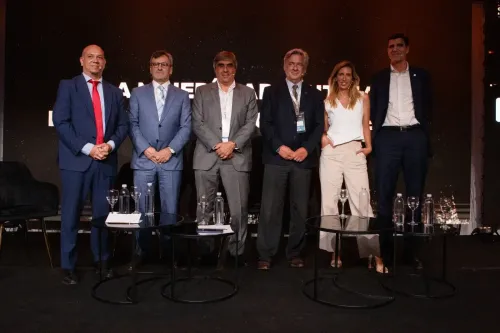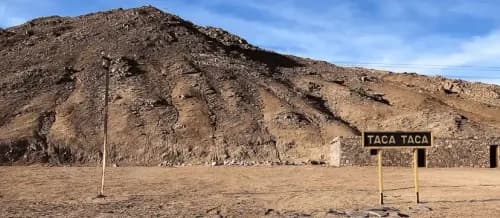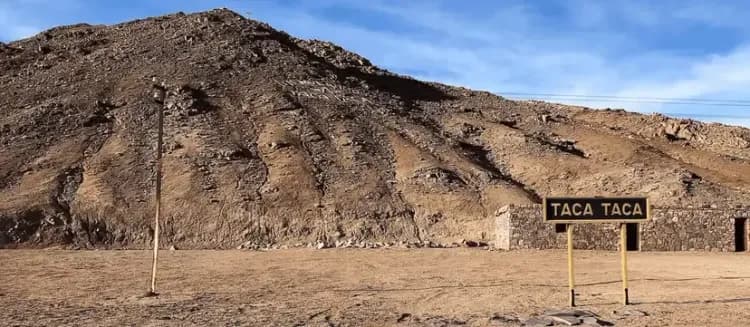In its latest report, presented in January following the change of government, the National Mining Secretariat provided updates on employment levels in the industry. Based on the analysis of September, the latest reporting period, and presented during the current month, the national mining portfolio highlighted that mining workers in Argentina reached the threshold of 40,243 jobs, with a growth of 7.6% compared to September 2022.
By Panorama Minero
In a historic milestone for the Argentine mining industry, the latest reports reveal that the sector has surpassed the 40,000-employee mark, representing the creation of 2,833 formal direct jobs in the sector over the past year.
These figures position mining with a contribution of 0.6% of the total registered private sector employment in the country. Additionally, it marks 33 consecutive months of year-on-year increases in the number of jobs, thus consolidating sustained growth in the industry that has surpassed pre-pandemic levels by a wide margin.
Diversification and growth by sectors
The analysis by sectors reveals diversification in employment areas within the mining industry. During September 2023, metal mining projects in production led in terms of employment, with 11,295 registered positions, although they experienced a slight decrease of 3.3% compared to the previous year.
The sector of services and activities related to mining showed strong growth, with a year-on-year increase of 16.7%, generating 1,327 new jobs. This increase makes it the sector that generated the most employment in absolute terms during the analyzed period.
Other sectors that experienced growth were lithium production, with a year-on-year increase of 27.9%, and exploration and financing of lithium mining, which grew by 84.6% compared to the previous year.
Regional development and gender in mining employment
The geographical distribution of mining employment reflects a significant impact in various Argentine provinces. Santa Cruz leads with 9,045 positions, followed by Salta with 5,500 mining jobs, together concentrating more than a third of the total employment in the sector. Jujuy and Catamarca account for 3,563 and 2,781 positions respectively, concentrating 15.8% of total mining employment, and San Juan appears with 4,590 positions, concentrating alone 11.4% of the number of jobs.
Regarding gender participation, female mining employment is also increasing, reaching 4,684 jobs in September 2023, representing 11.6% of total employment in the sector. This 20.2% year-on-year increase demonstrates a positive trend towards greater inclusion of women in the mining industry.
Outlook and compensation
In terms of remuneration, mining employees in Argentina have experienced a significant increase, with an average of 843.6 thousand Argentine Pesos in September 2023, representing an increase of 159.8% compared to the previous year. This places mining workers as one of the best-paid groups in the country, with an average salary that doubles the national average.
